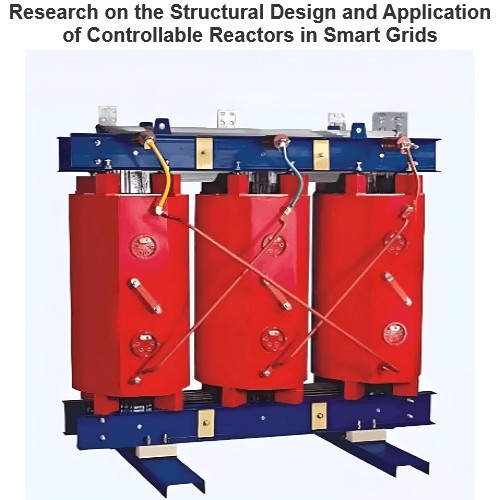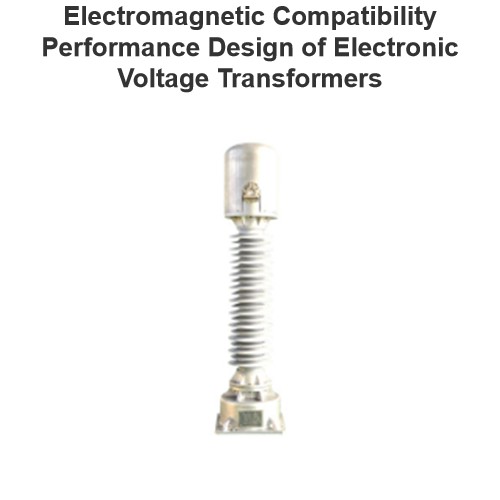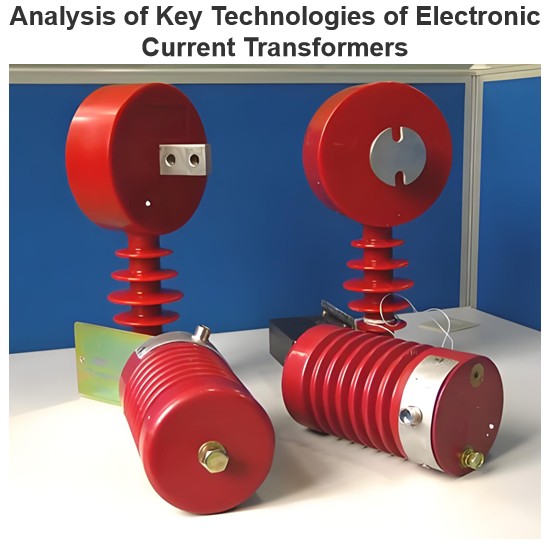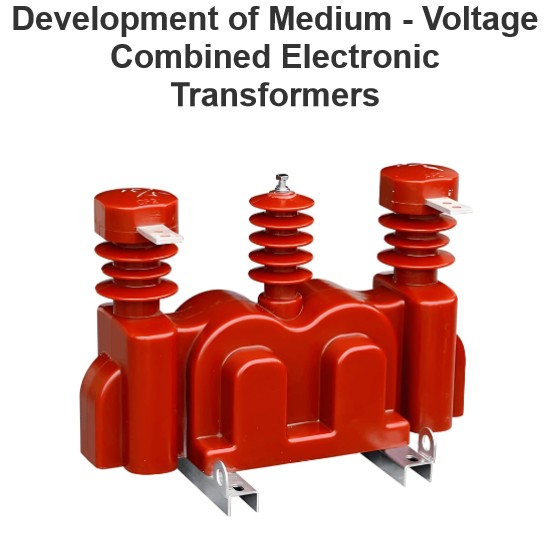Evaluation and Analysis of Load Characteristics of Distribution Transformers
In-depth Analysis and Key Considerations for Load Characteristic Evaluation
Load characteristic evaluation is a cornerstone of distribution transformer design, directly influencing capacity selection, loss distribution, temperature rise control, and operational economy. The evaluation must be conducted across three dimensions: load type, temporal dynamics, and environmental coupling, with a refined model established based on actual operating conditions.
1. Refined Analysis of Load Types
- Classification and Characteristics
- Residential Loads: Dominated by lighting and household appliances, with a daily load curve exhibiting dual peaks (morning and evening) and a low annual load factor (approximately 30%–40%).
- Industrial Loads: Categorized into continuous (e.g., steel mills), intermittent (e.g., machining), and impact loads (e.g., electric arc furnaces), requiring attention to harmonics, voltage fluctuations, and inrush currents.
- Commercial Loads: Such as shopping malls and data centers, characterized by seasonal variations (e.g., summer air conditioning) and nonlinear characteristics (e.g., UPS, frequency converters).
- Load Modeling
- Employ equivalent circuit models or measured data fitting to quantify power factor (PF), harmonic content (e.g., THDi), and load rate fluctuations.
2. Dynamic Analysis Across Temporal Dimensions
- Daily Load Curve
- Derived from field monitoring or standard curves (e.g., IEEE), highlighting peak and off-peak periods and their durations.
- Example: An industrial park’s daily curve reveals dual peaks from 10:00–12:00 and 18:00–20:00, with nighttime load rates below 20%.
- Annual Load Curve
- Accounts for seasonal variations (e.g., summer cooling, winter heating) and predicts future load growth using historical data.
- Key Metrics: Annual maximum load utilization hours (Tmax), load factor (LF), and load coefficient (LF%).
3. Environmental Coupling and Correlation Assessment
- Temperature Impact
- Every 10°C increase in ambient temperature reduces transformer rated capacity by approximately 5% (based on thermal aging models), necessitating overloading capability verification.
- Altitude Impact
- Every 300m increase in altitude decreases insulation strength by ~1%, requiring insulation design adjustments or capacity derating.
- Pollution Severity
- Categorized per IEC 60815 (e.g., light, heavy pollution), influencing bushing and insulator selection and creepage distance.
4. Evaluation Methods and Tools
- Measurement-Based Approach
- Collects real-world load data via smart meters and oscillographs, followed by statistical analysis (e.g., load rate distribution, harmonic spectrum).
- Simulation-Based Approach
- Utilizes software like ETAP or DIgSILENT to model power systems under various scenarios.
- Empirical Formulas
- Such as the load factor formula in IEC 60076 for rapid transformer capacity estimation.
5. Application of Evaluation Results
- Capacity Selection
- Determines transformer capacity based on load rate (e.g., 80% design margin) and overloading capability (e.g., 1.5× rated current for 2 hours).
- Loss Distribution
- Iron losses (PFe) are load-independent, while copper losses (PCu) scale with load squared, necessitating a balance between no-load and load losses.
- Temperature Rise Control
- Calculates winding hot-spot temperatures based on load characteristics to ensure compliance with insulation material thermal ratings (e.g., Class A ≤105°C).
Conclusion
Load characteristic evaluation must integrate load type, temporal dynamics, and environmental coupling using measurement, simulation, and empirical methods to build a refined model. The results directly impact capacity selection, loss distribution, and operational reliability, forming the foundation of distribution transformer design.
- Economic Analysis
- Compares investment returns of different capacities via life-cycle cost (LCC) assessment.
As an expert in the application and trends of electrical equipment, I have a profound mastery of knowledge in circuits, power electronics, etc. I possess a comprehensive set of abilities including equipment design, fault diagnosis, and project management. I can precisely grasp the industry's pulse and lead the development of the electrical field.













